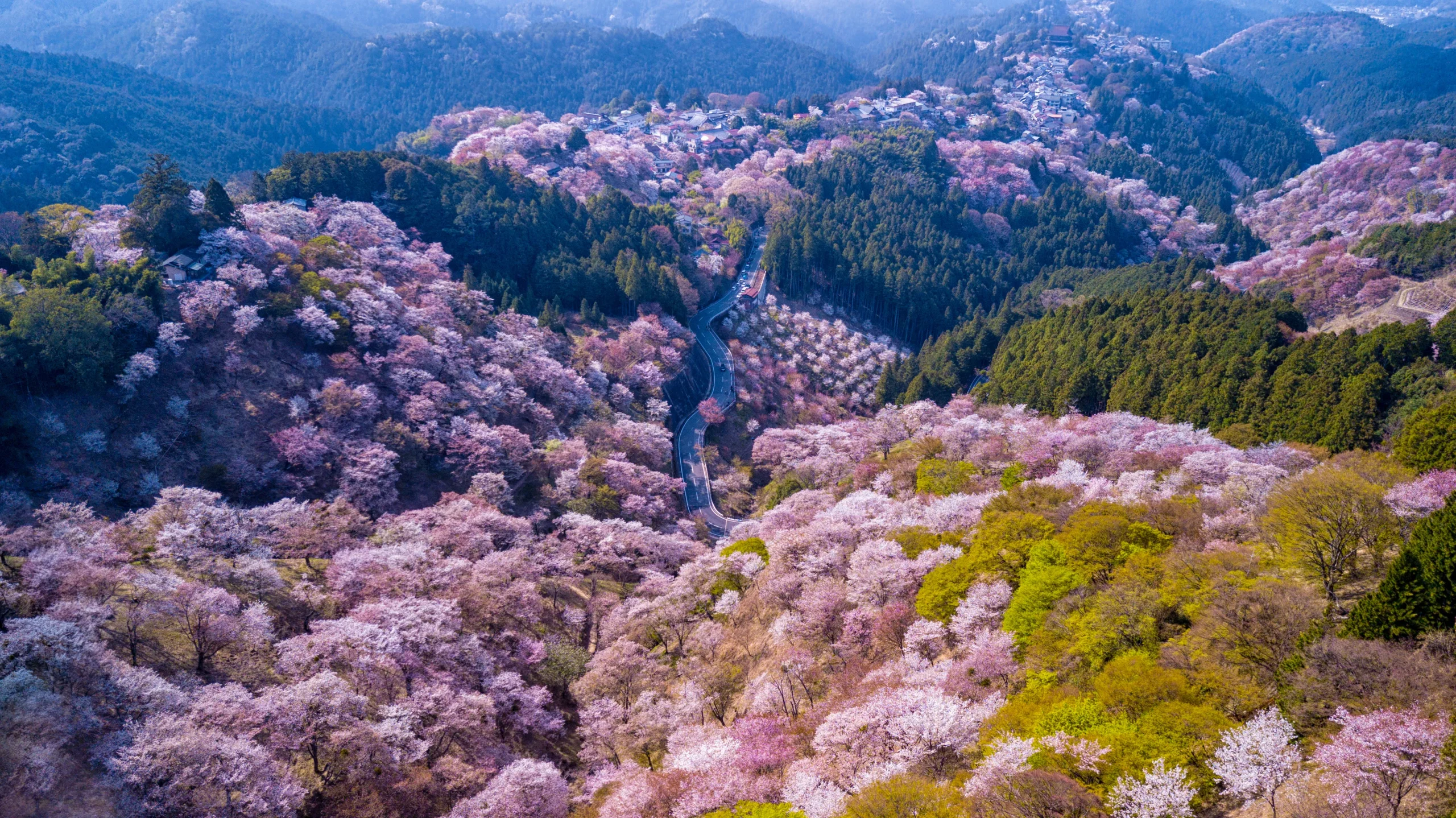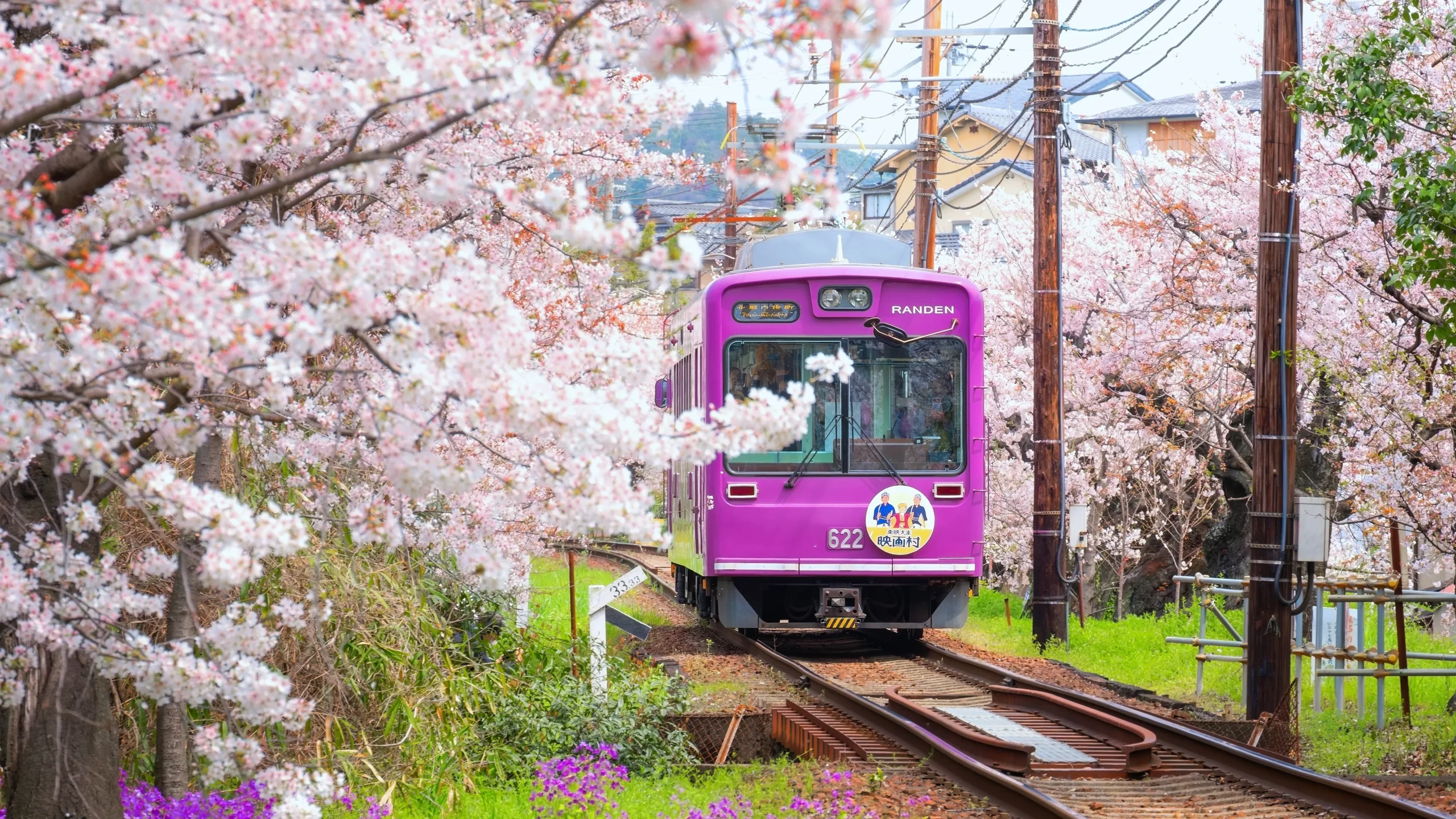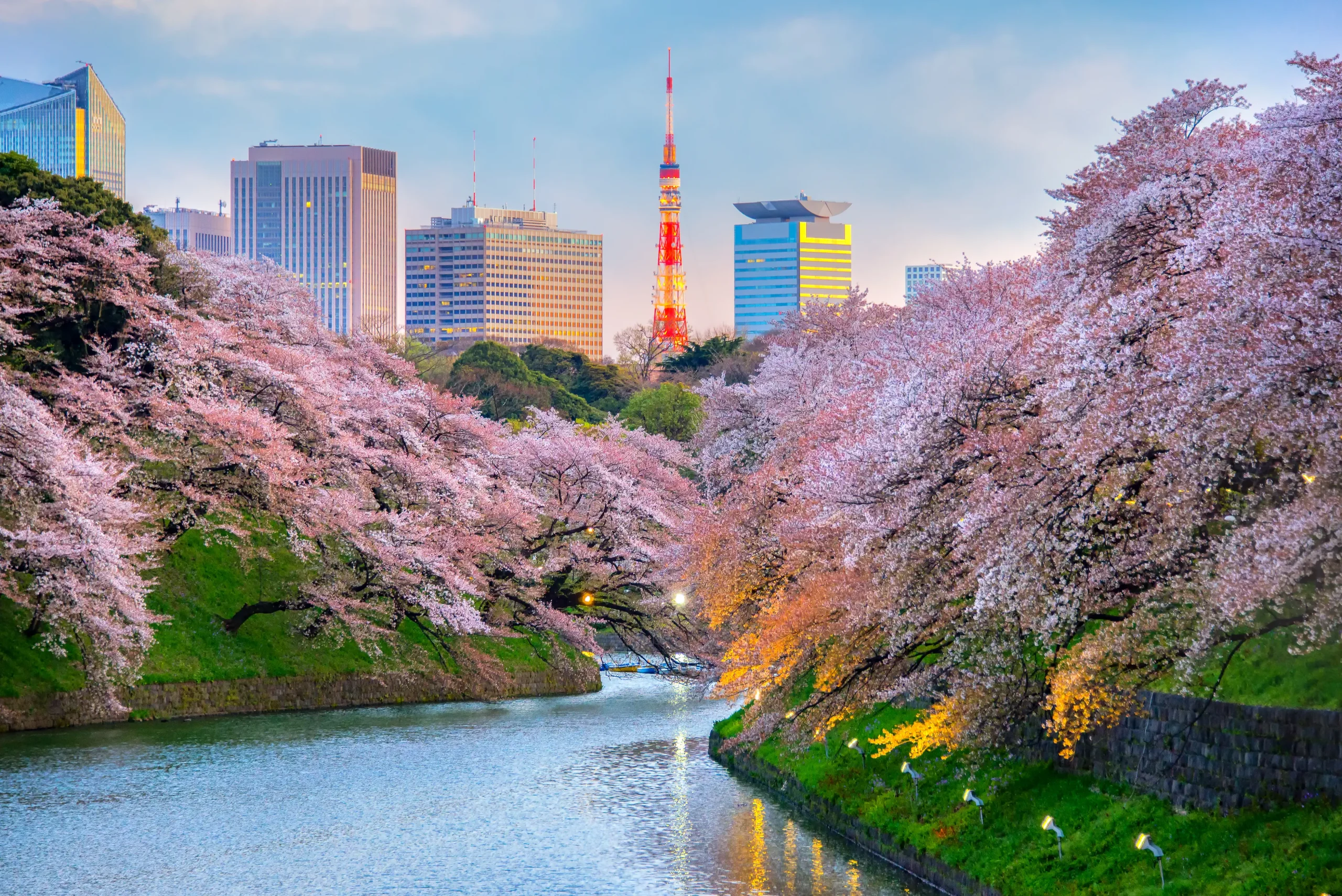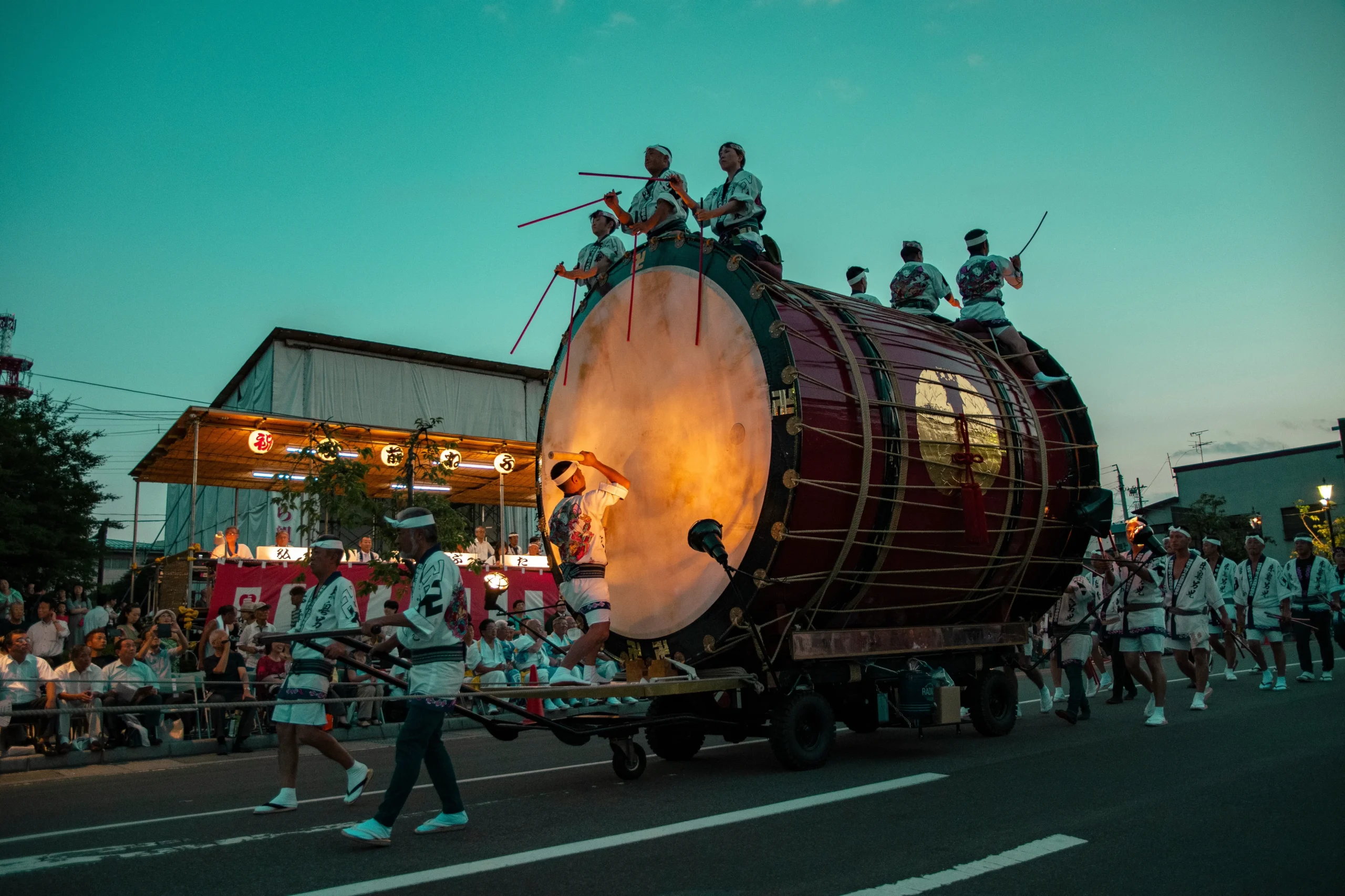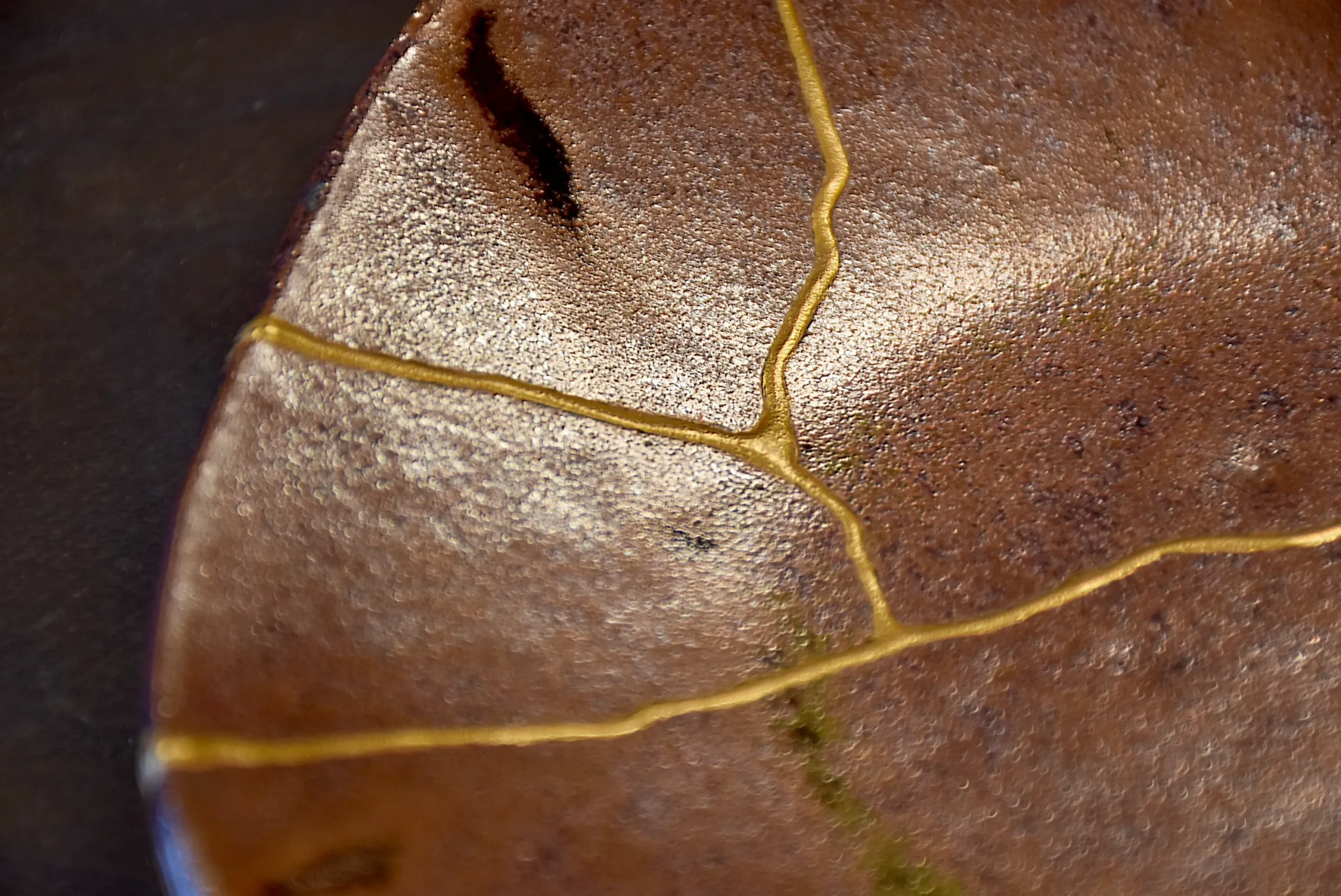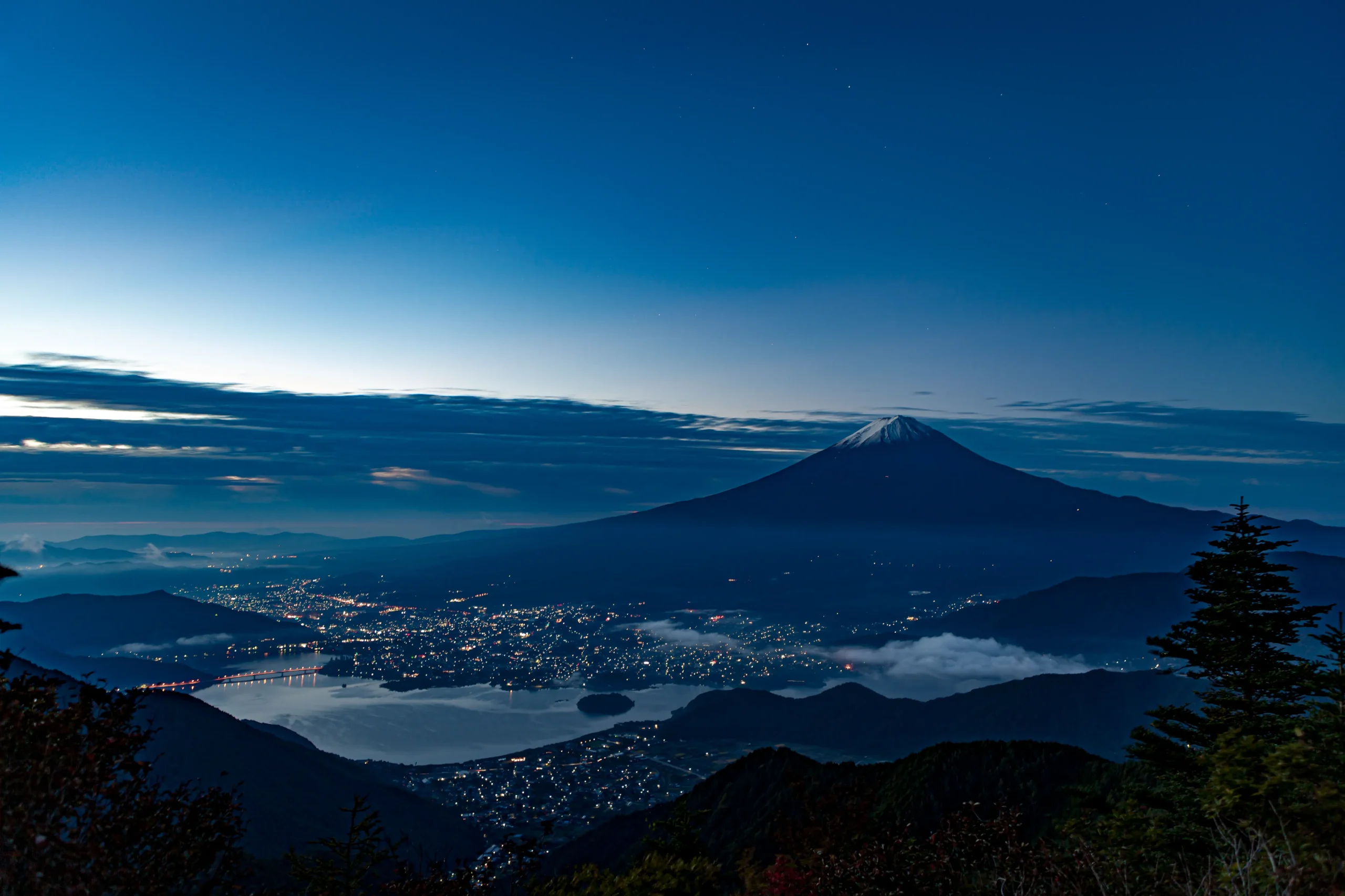Japan is a country steeped in rich culture and time-honored traditions. Its charm lies not only in visiting tourist destinations, but in experiencing the culture firsthand. In this article, we introduce 15 unique experiences you can try in Japan, organized by theme. Let these serve as inspiration for creating unforgettable memories during your trip.
Unique Culinary Experiences You Can Only Have in Japan
Soba-Making Experience
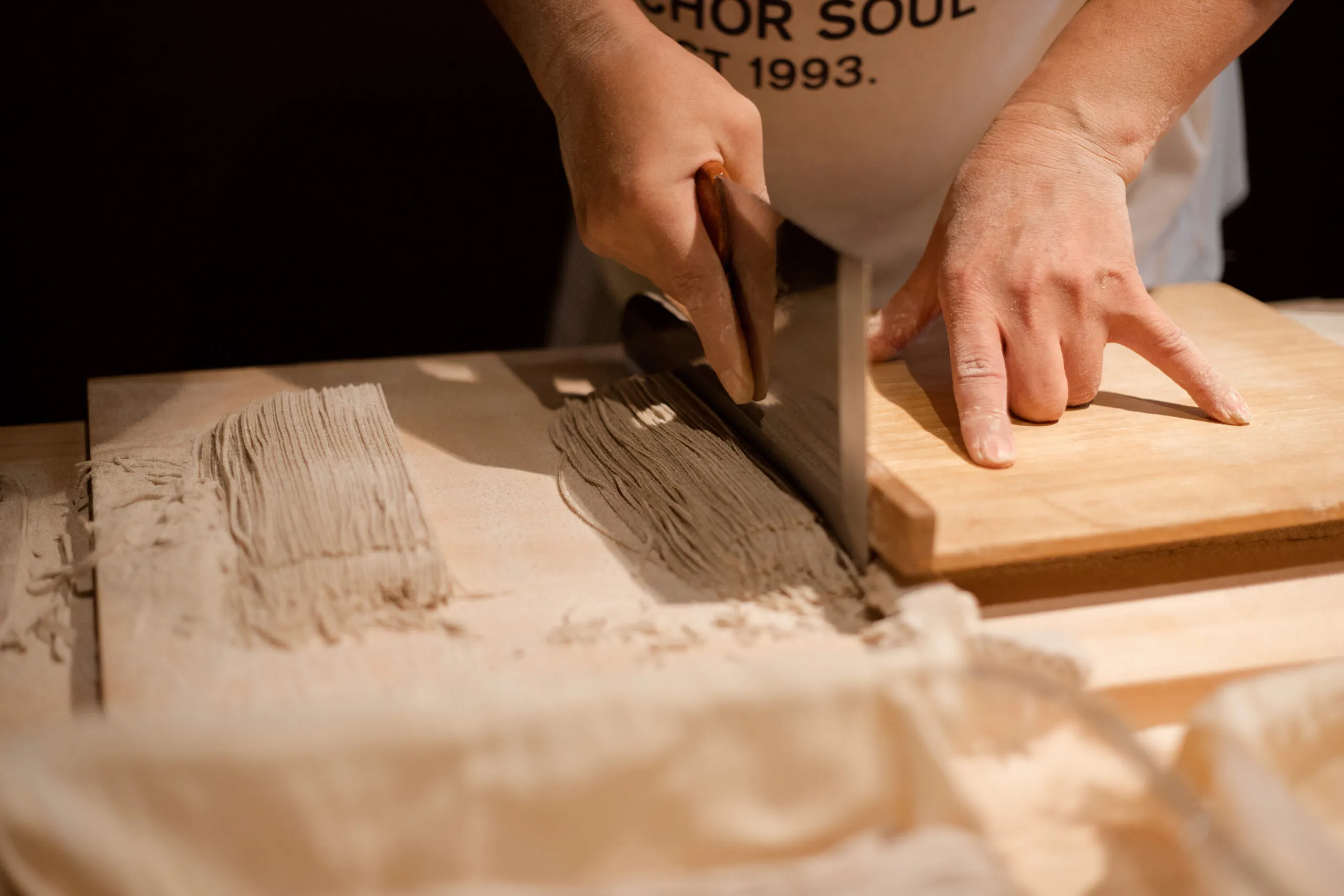
Soba is one of Japan’s most iconic noodle dishes, made from buckwheat flour ground from buckwheat seeds. It frequently appears on everyday tables, and has long been loved as an essential part of seasonal traditions such as New Year’s Eve.
In this experience, you’ll add water to buckwheat flour, knead the dough, roll it out, and cut it into thin noodles—all with your own hands. You’ll get to enjoy the aroma of soba, the feel of the dough, and the taste of freshly made noodles with all five senses. It’s a rare opportunity to dive into the depth of Japanese food culture in a way that goes far beyond just eating.
Wagashi-Making Experience
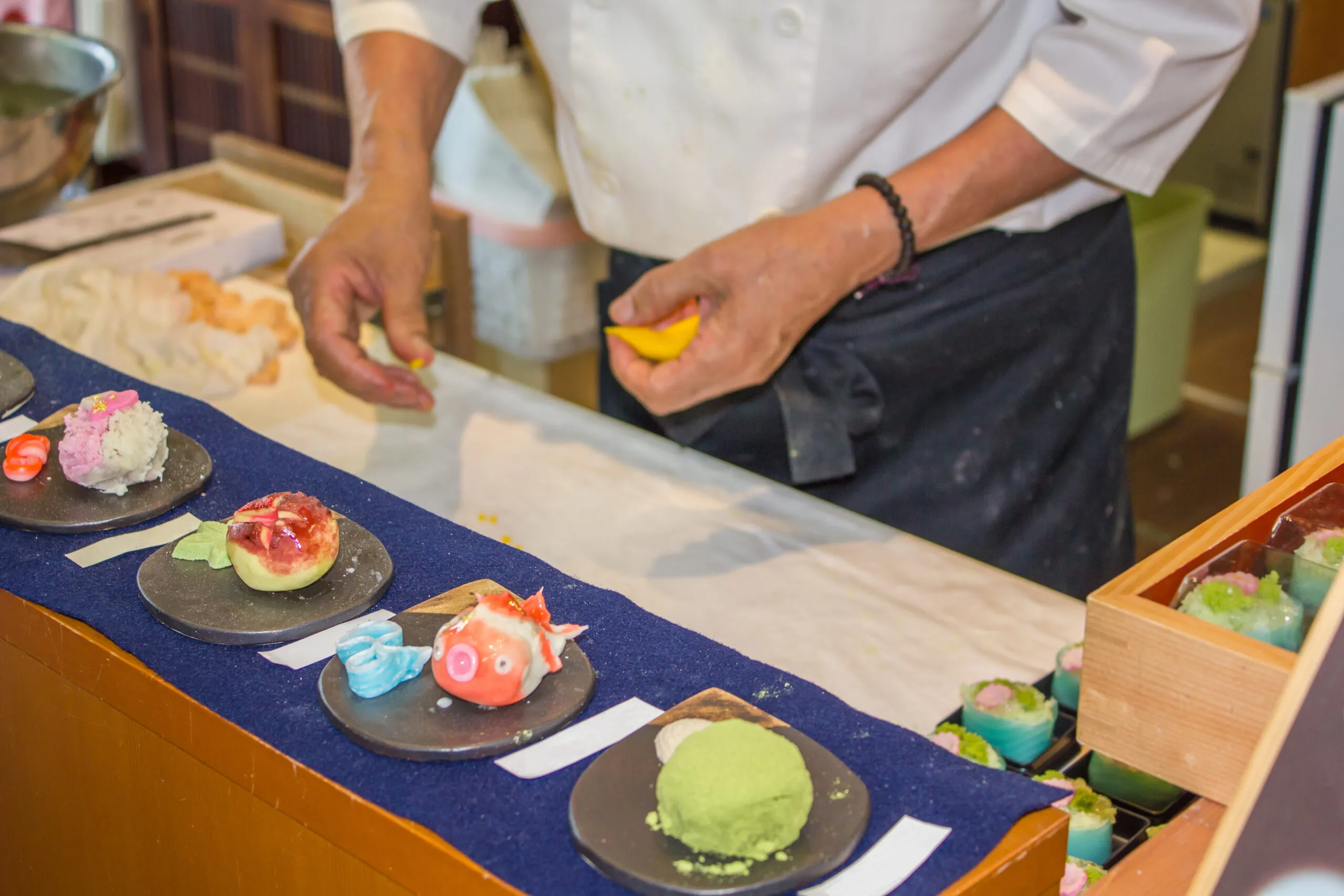
Wagashi (traditional Japanese sweets that reflect seasonal nature or cultural motifs) are not just sweet treats. They are edible works of art that delicately express Japan’s four seasons, nature, and culture through motifs like cherry blossoms, autumn leaves, and snowy landscapes.
In this activity, you’ll learn how to use traditional tools and techniques from a skilled artisan while crafting colorful wagashi with your own hands. It may seem tricky at first, but the sense of accomplishment when you finish a beautiful piece is unmatched. You can enjoy the wagashi you’ve made on the spot with tea—an experience full of quiet beauty that feels uniquely Japanese.
This is a highly recommended activity for those who want to experience Japanese aesthetics firsthand.
Food Replica-Making Experience
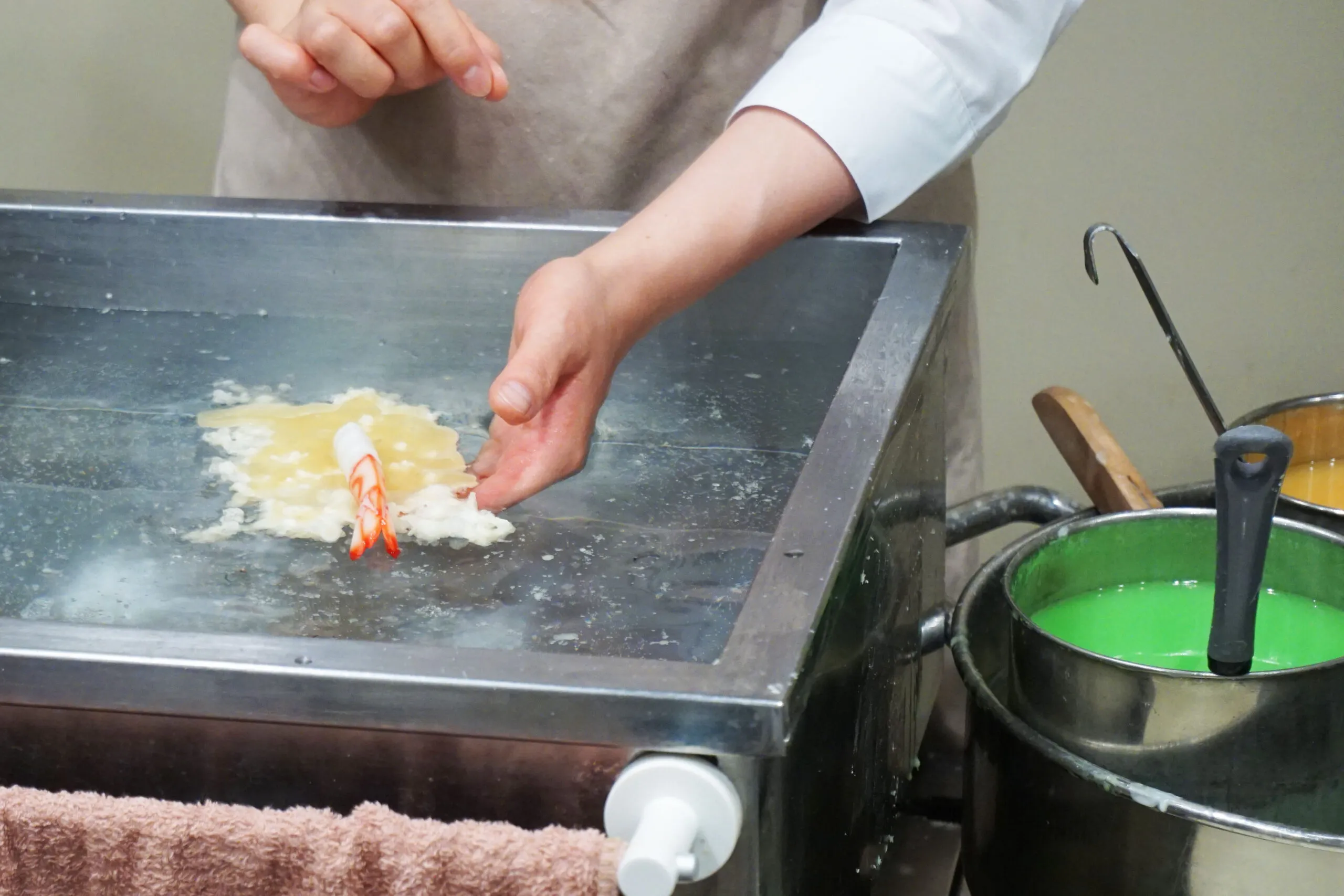
Have you ever seen ultra-realistic models of dishes displayed outside Japanese restaurants? Those are food replicas.
This uniquely Japanese craft is designed to make passersby think, “I want to try that!”
In this workshop, you’ll use the same materials and techniques as the pros to create your own replicas of dishes like tempura or parfaits. From molding to painting to adding realistic shine and texture, the entire process feels like making art. The look, the feel, and even the gloss—everything is astonishingly lifelike. Your finished sample makes a perfect souvenir that’s sure to amaze anyone who sees it. It’s a fun and memorable way to experience Japan’s playful and surprising monozukuri (craftsmanship) culture.
Unique Craft Experiences You Can Only Have in Japan
Knife-Making Experience
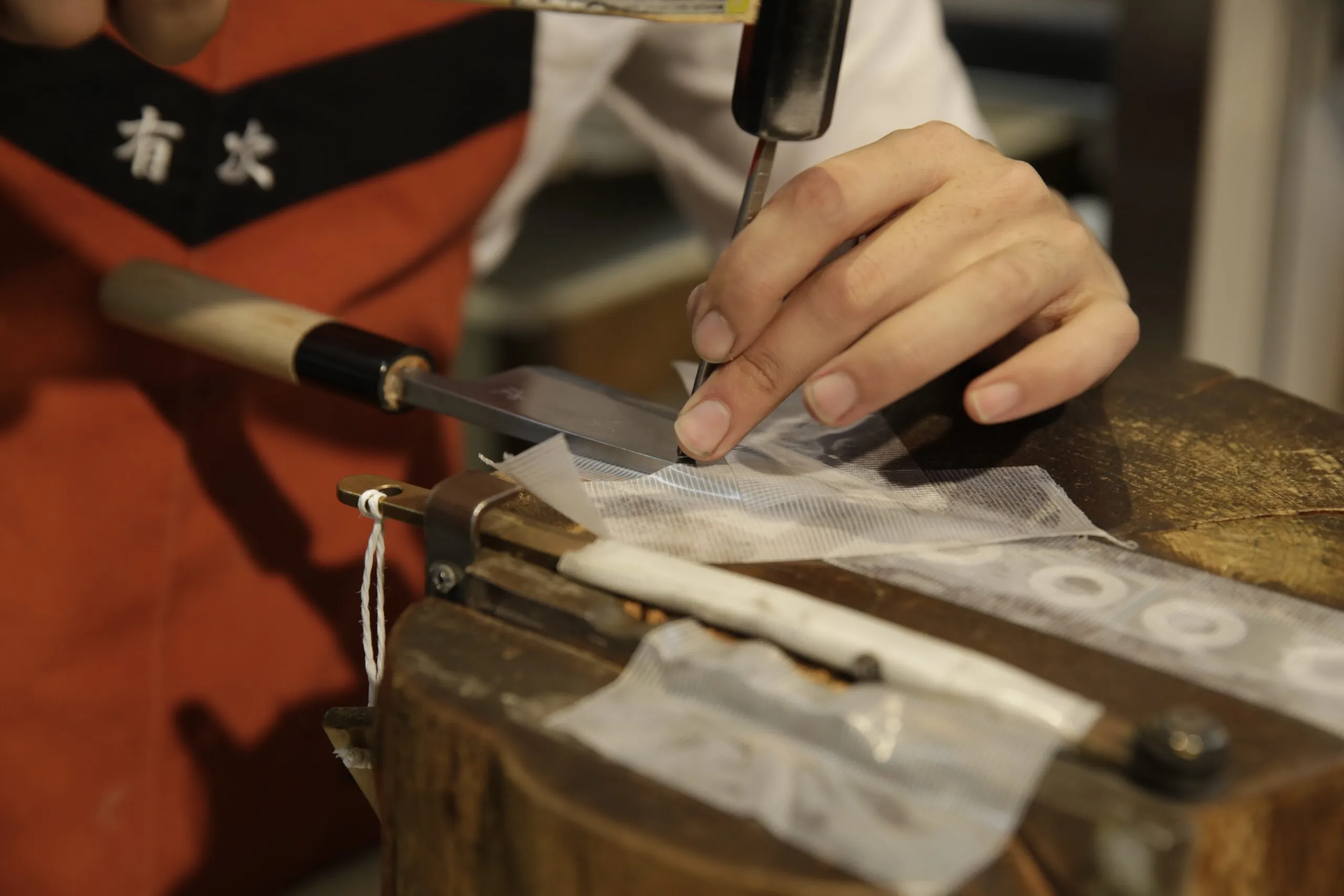
Japanese knives are renowned worldwide for their razor-sharp edges and elegant craftsmanship.
In this experience, you can try your hand at this traditional Japanese technique. You’ll start with hi-zukuri tanzo (a traditional Japanese blacksmithing process involving heating and hammering steel), heating the steel until it glows red and shaping it by hammering. Then, you’ll sharpen the blade and attach the handle to create a one-of-a-kind knife. By focusing on each step and taking your time, you’ll gain a lasting appreciation for the depth of Japanese craftsmanship.
Pottery Experience
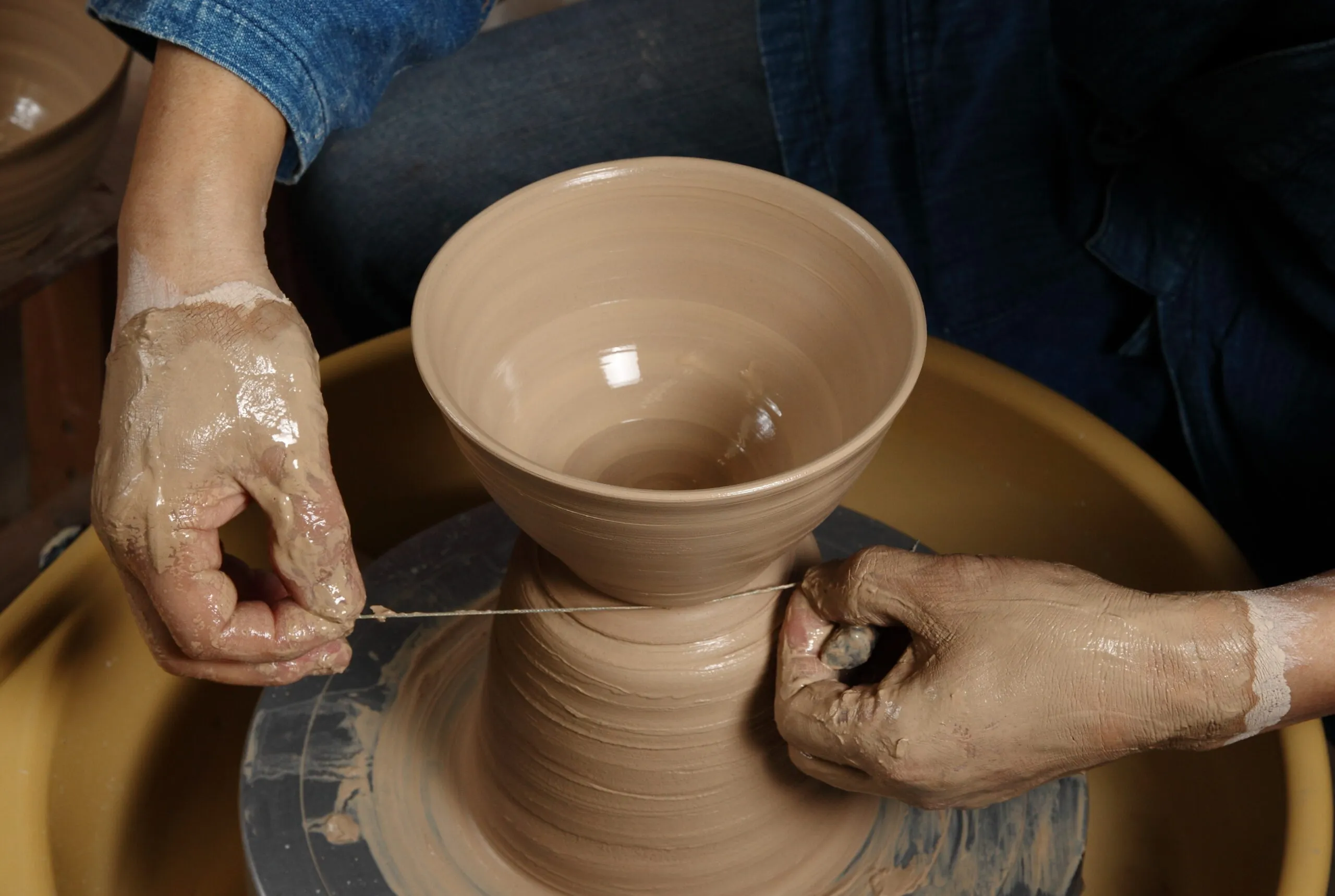
Pottery, one of Japan’s traditional crafts, is a popular hands-on activity both domestically and internationally.
It lets you shape clay with your own hands to create a completely unique vessel. As you touch and shape the soft clay and spin the wheel, you’ll find yourself in a calm, focused state—like a moment to realign your heart. You’ll feel a rare sense of unity between hand and mind. And using the piece you made to enjoy tea or a meal is a delight in itself.
It will be a memorable experience that lets you connect with the beauty of handmade work and Japan’s philosophy of yo no bi (the aesthetic appreciation of the beauty found in everyday, functional objects)—the aesthetics of practical objects.
Kintsugi Experience
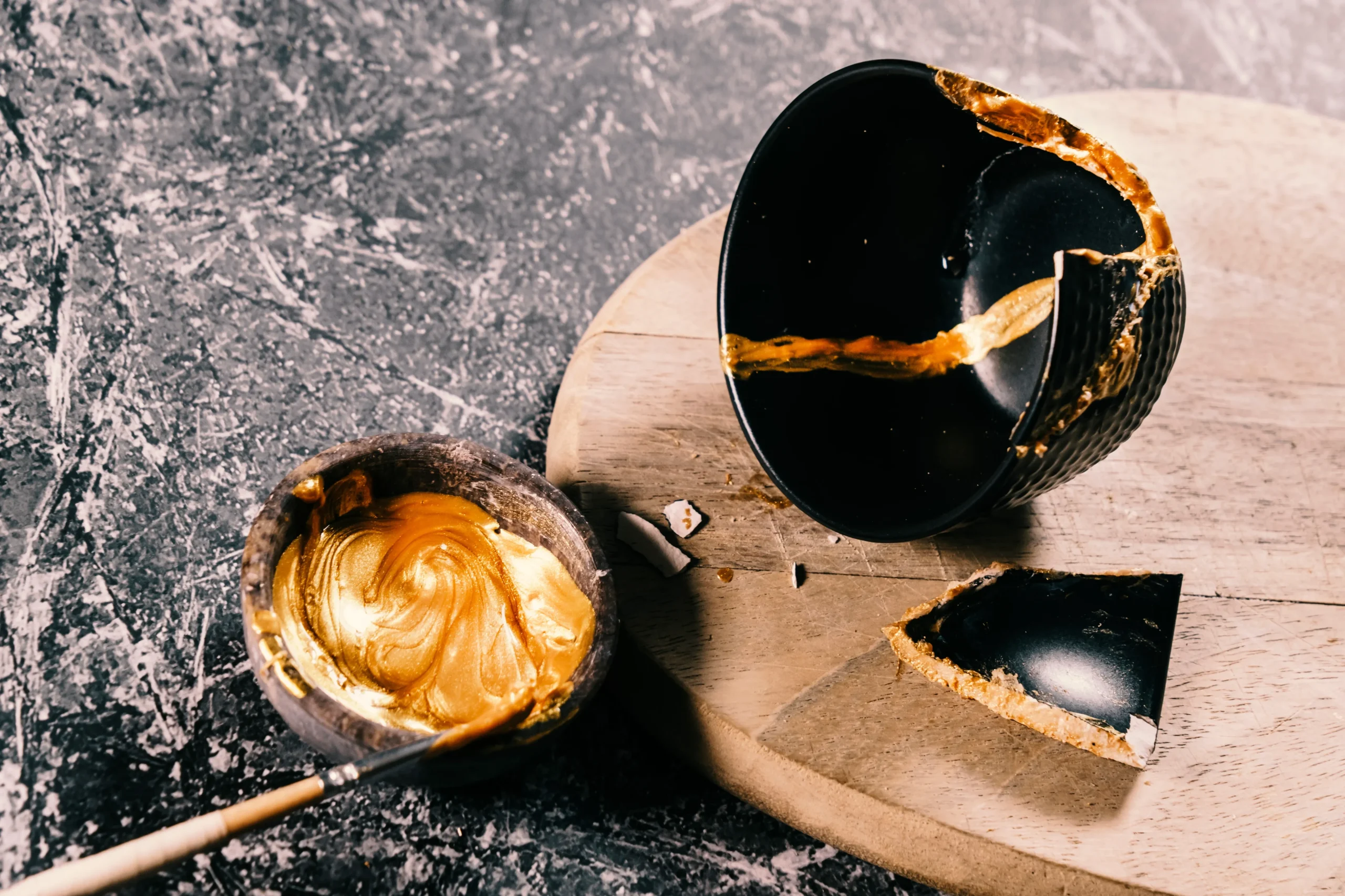
Kintsugi (the art of repairing broken pottery with lacquer (a natural resin used in Japanese arts, particularly for coating wood and ceramics) and gold to emphasize, not hide, the cracks), the Japanese art of mending broken pottery, breathes new life into damaged vessels. Using lacquer to bond the pieces and decorating the seams with gold or silver powder, even the cracks become a beautiful and valued part of the object’s history.
In this workshop, you’ll repair a piece of pottery yourself under the guidance of a skilled artisan. Each delicate step reveals Japan’s respect for cherished objects and the cultural appreciation of imperfection. The finished piece will be a one-of-a-kind work of art. The act of highlighting brokenness and turning it into beauty offers a profound glimpse into the Japanese spirit—an experience that will stay with you.
Unique Traditional Experiences You Can Only Have in Japan
Tea Ceremony
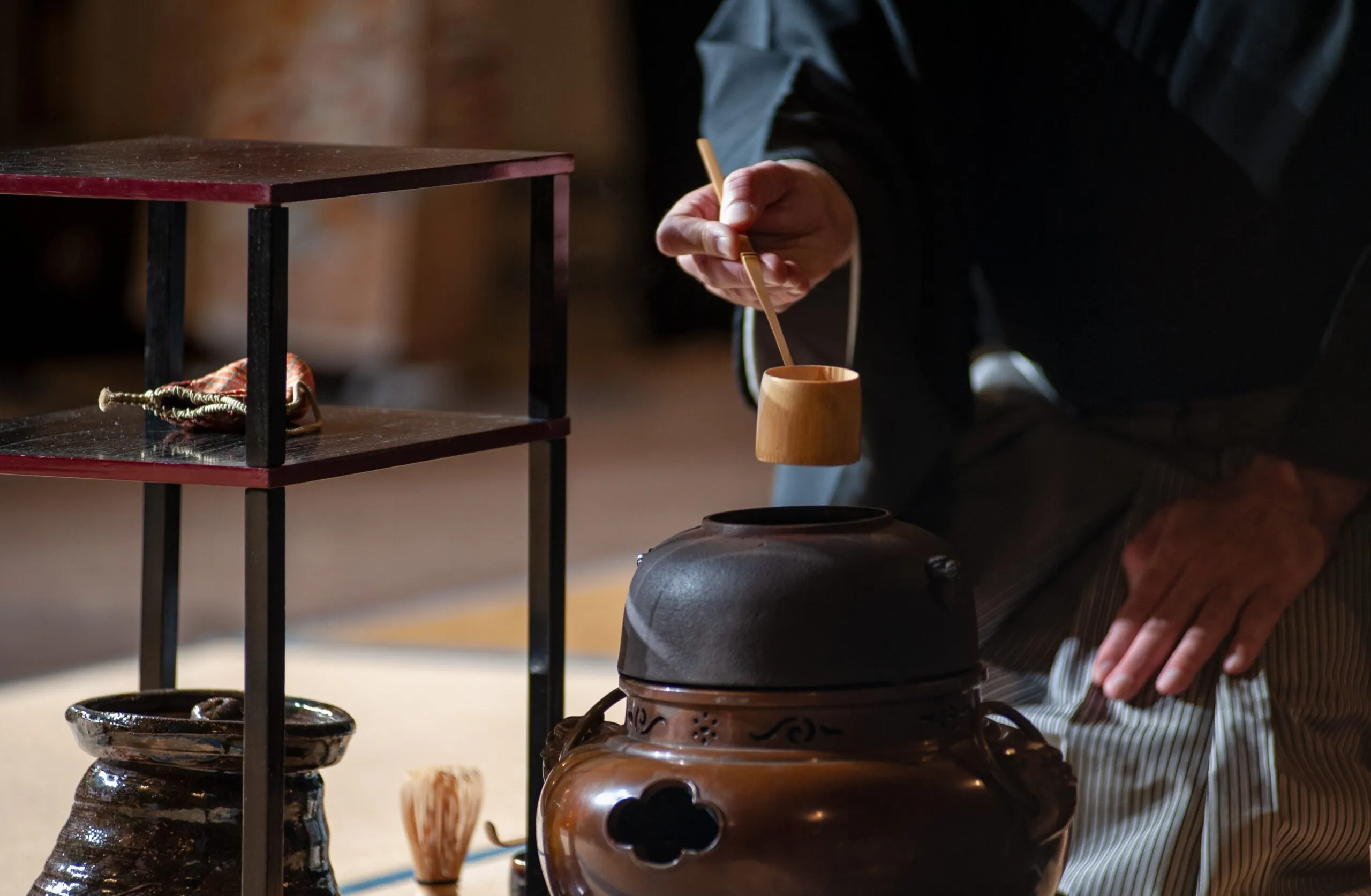
The tea ceremony has long been one of Japan’s most admired traditions, offering a way to understand its classical arts and spiritual sensibility.
In a tea room—an intimate space designed for hospitality—you’ll experience stillness, traditional lacquerware, seasonal scrolls and sweets. Stepping away from the city’s hustle and immersing yourself in this calm setting provides a uniquely peaceful moment. Even in major cities like Tokyo and Osaka, there are temples where you can enjoy a full tea ceremony while overlooking a beautiful garden—perfect as a short escape during your trip.
Maiko and Geiko Experience
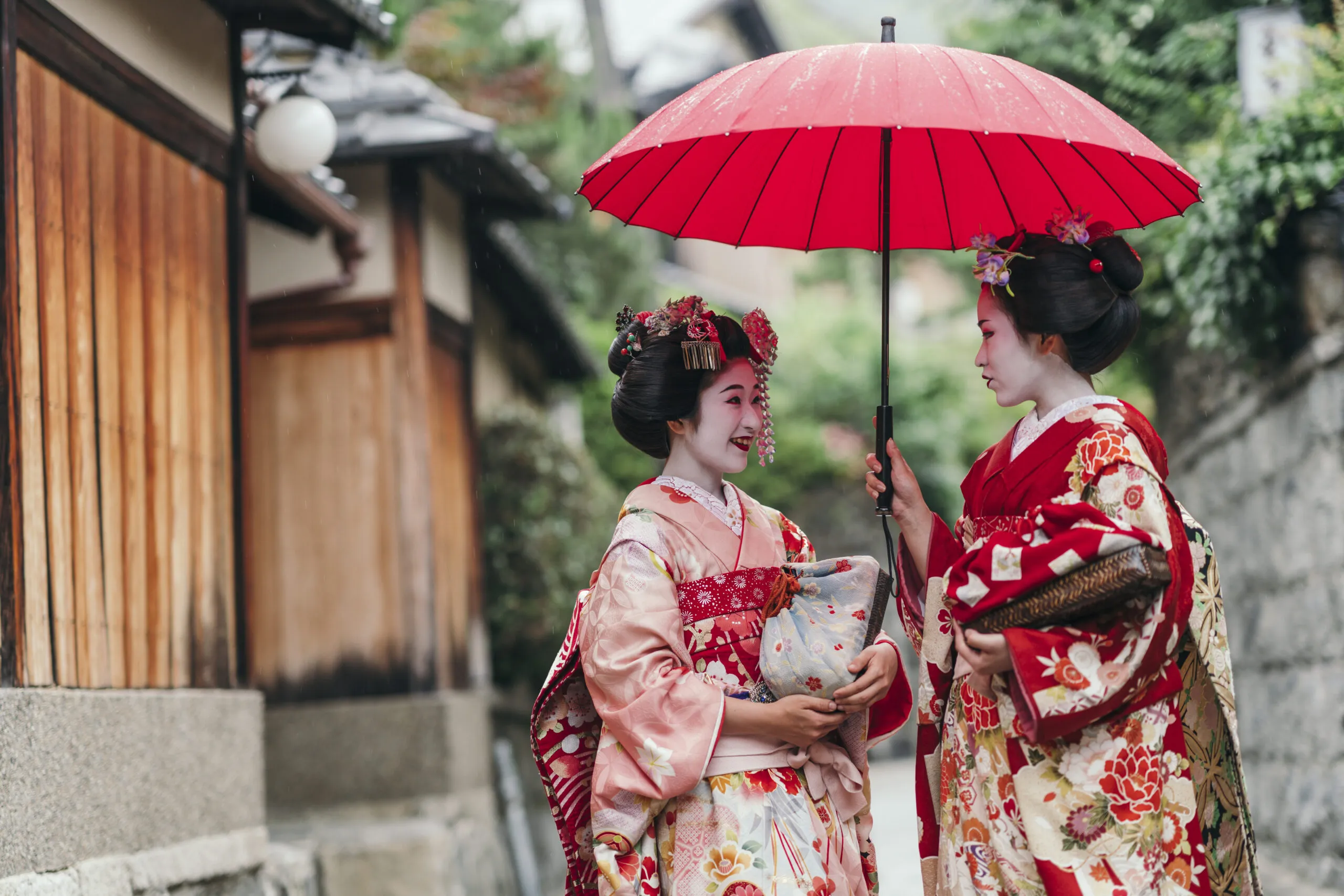
Maiko and geiko—apprentice and professional entertainers—are iconic figures in Japanese traditional culture, widely known overseas.
In this experience, you’ll be transformed with authentic white makeup, a dazzling kimono, and a traditional hairstyle by professional hands. Walking through the streets of Kyoto in full attire will feel like stepping back in time. Whether you’re taking photos or just strolling, the warm smiles from locals and tourists alike will become cherished memories.
Yumomi (Water-Stirring) Experience
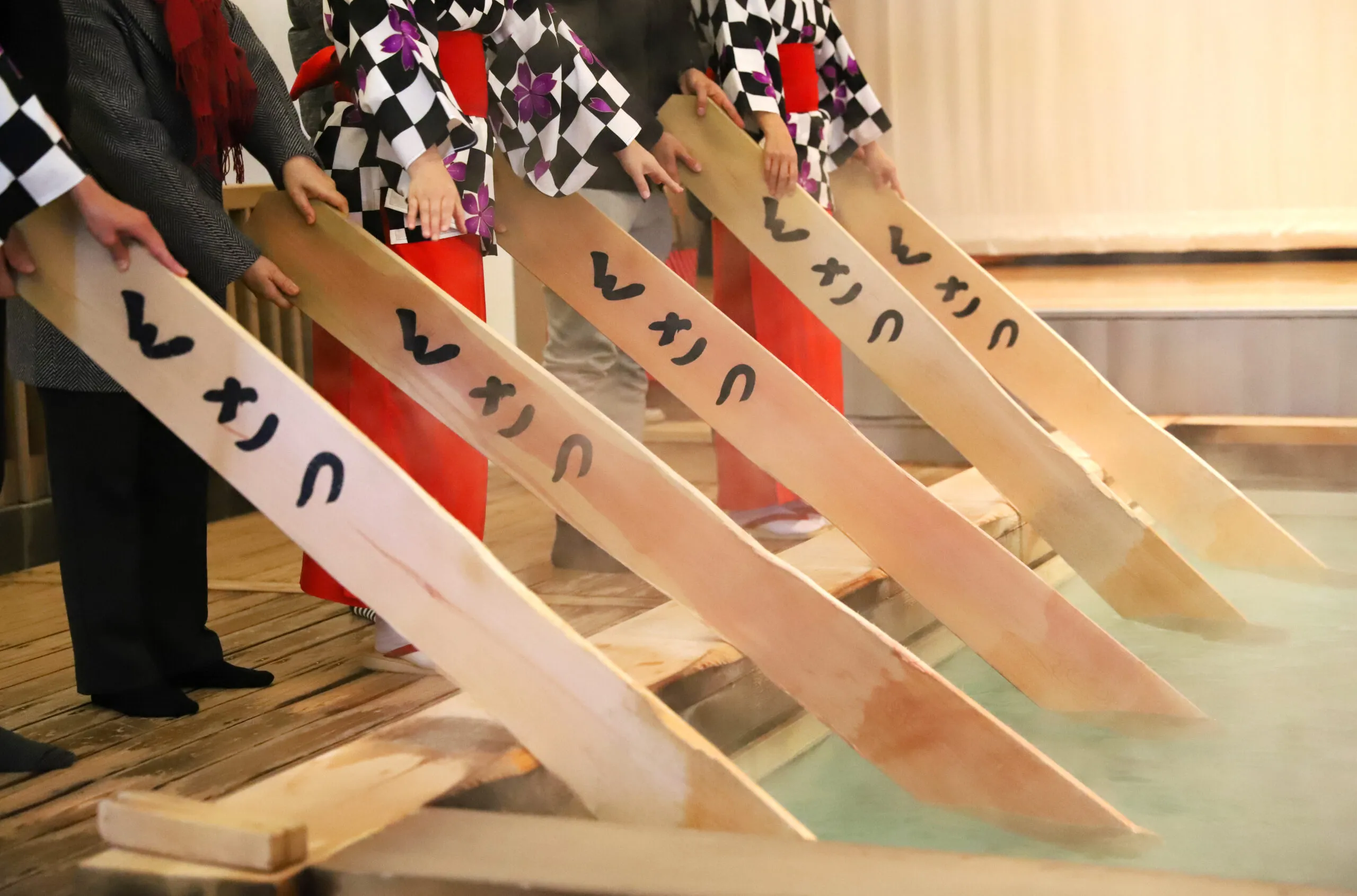
Yumomi is a traditional bathing technique from Kusatsu Onsen. It involves stirring the hot spring water with large wooden paddles to mix in air and naturally lower the temperature—without diluting the mineral content with added water.
At Kusatsu Onsen in Gunma Prefecture, visitors can try this firsthand. The rhythmic movements, led by staff chants, feel almost like dancing—making it a fun and lively experience to watch and take part in. By engaging in this tradition that dates back to the Edo period, you’ll gain a deeper appreciation for Japan’s hot spring culture.
Zazen Meditation
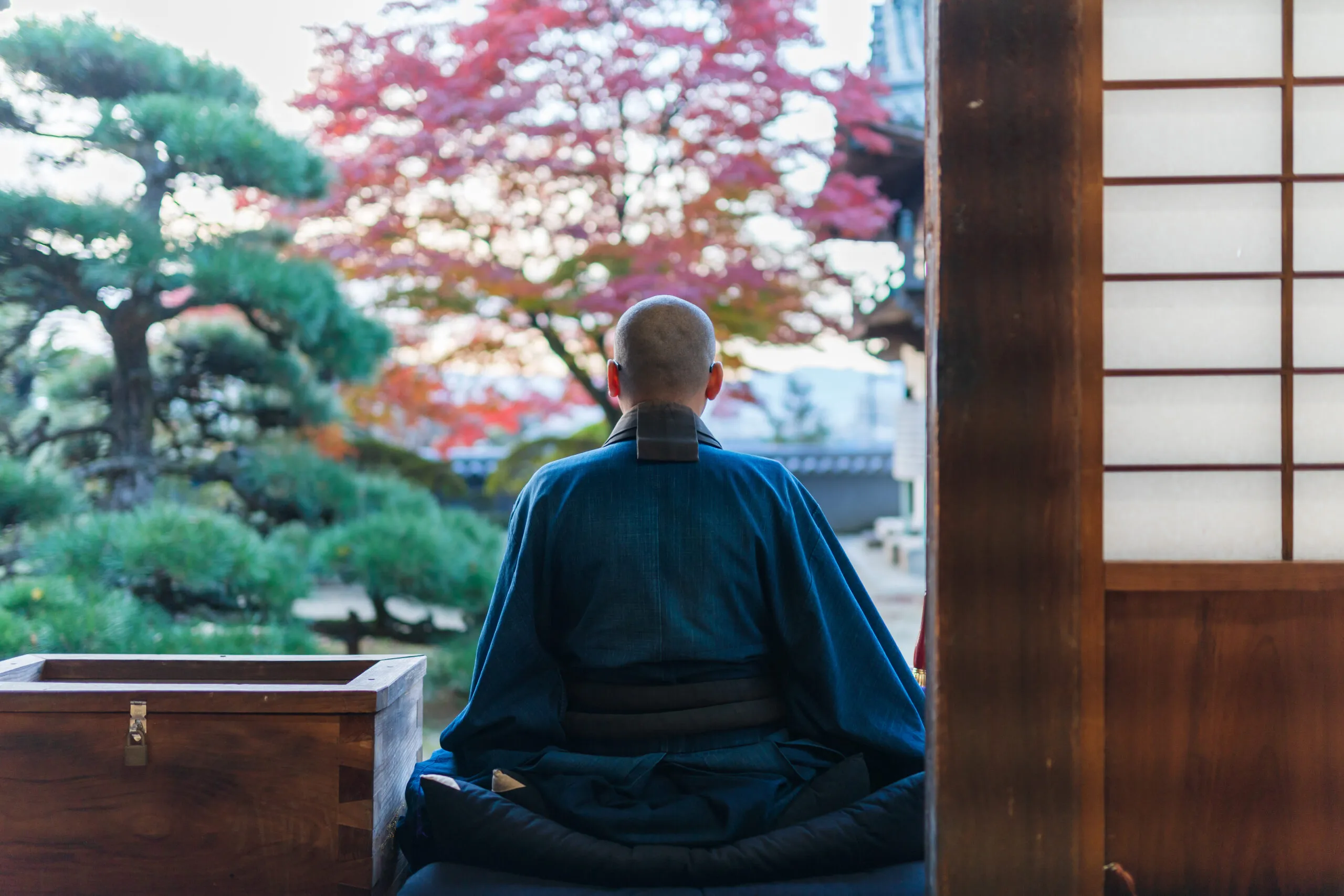
Zazen, or seated meditation, has long been practiced in Japanese temples as a form of spiritual training. In today’s hectic world, taking time to quiet your mind can be one of the most profound parts of your journey.
In this experience, a monk will guide you through posture and breathing techniques as you sit quietly with yourself. Letting go of excess thoughts and tuning into your senses will bring a sense of clarity to your mind. This peaceful, focused moment offers a direct connection to the depth of Japanese spirituality. It’s a highly recommended activity for travelers seeking to reset and reflect.
Collecting Goshuin
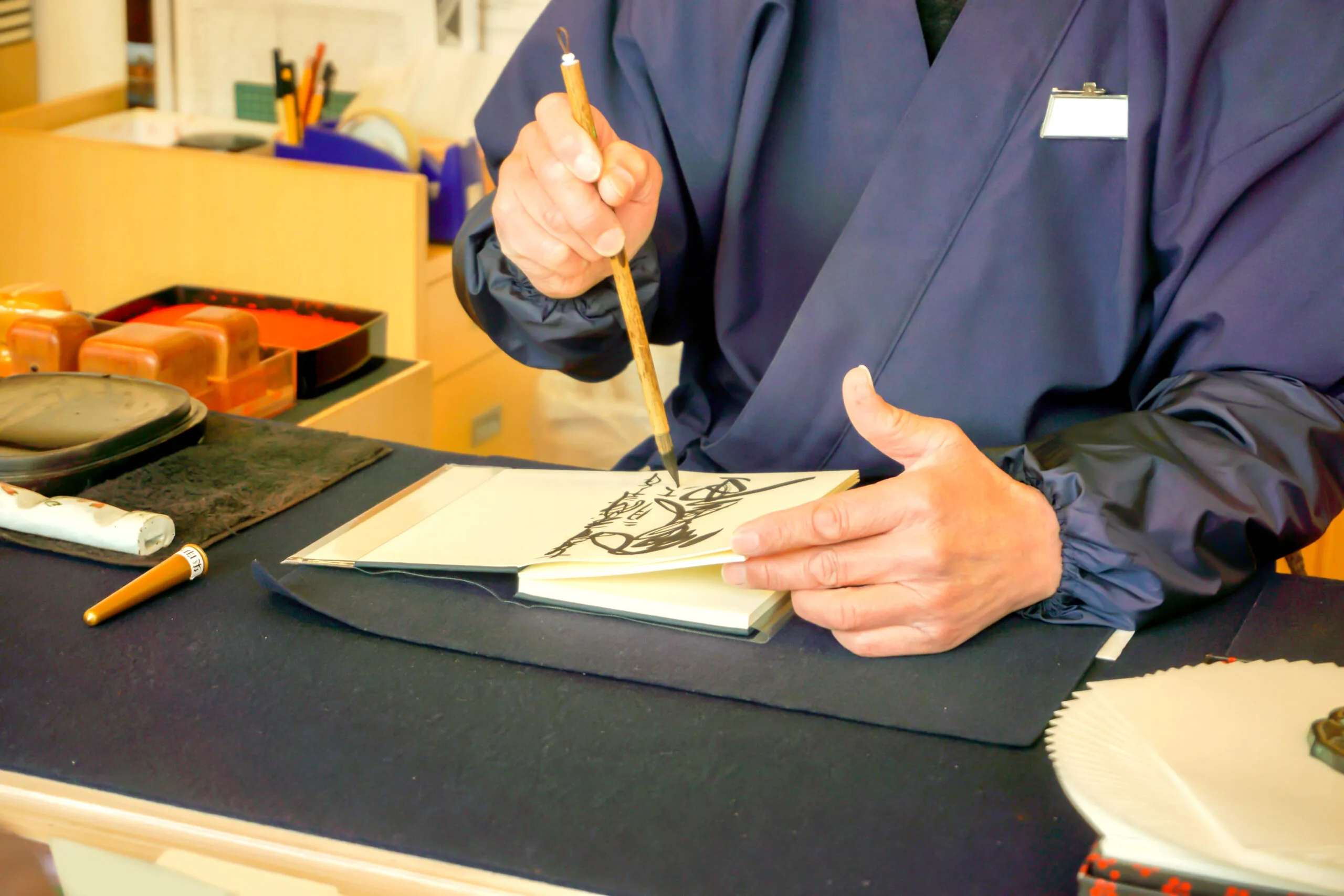
Goshuin are ink seals that you receive at temples and shrines as proof of your visit.
Each is beautifully handwritten in brush calligraphy, with the temple name and visit date, stamped in red—like a miniature work of art. Originally received as marks of faith or prayer, goshuin have recently gained popularity among travelers who collect them in special books as they tour temples and shrines. Some feature seasonal designs or local motifs, offering something new at every stop. Collecting goshuin adds meaning and memory to your journey.
Miko Experience

Miko are shrine maidens who serve at Shinto shrines, revered figures in Japanese tradition. Their white kimono and red hakama (traditional pleated skirt-like pants worn over kimono, often by miko or martial artists) attire embody spiritual purity and symbolize the essence of Japan’s cultural identity.
At some shrines in Japan, you can wear the traditional miko outfit and learn shrine custom or assist in rituals through special programs. In the sacred, tranquil setting of a shrine, it’s a powerful and deeply immersive way to experience Shinto culture—one that goes beyond ordinary sightseeing.
Unique Martial Arts Experiences You Can Only Have in Japan
Kendo
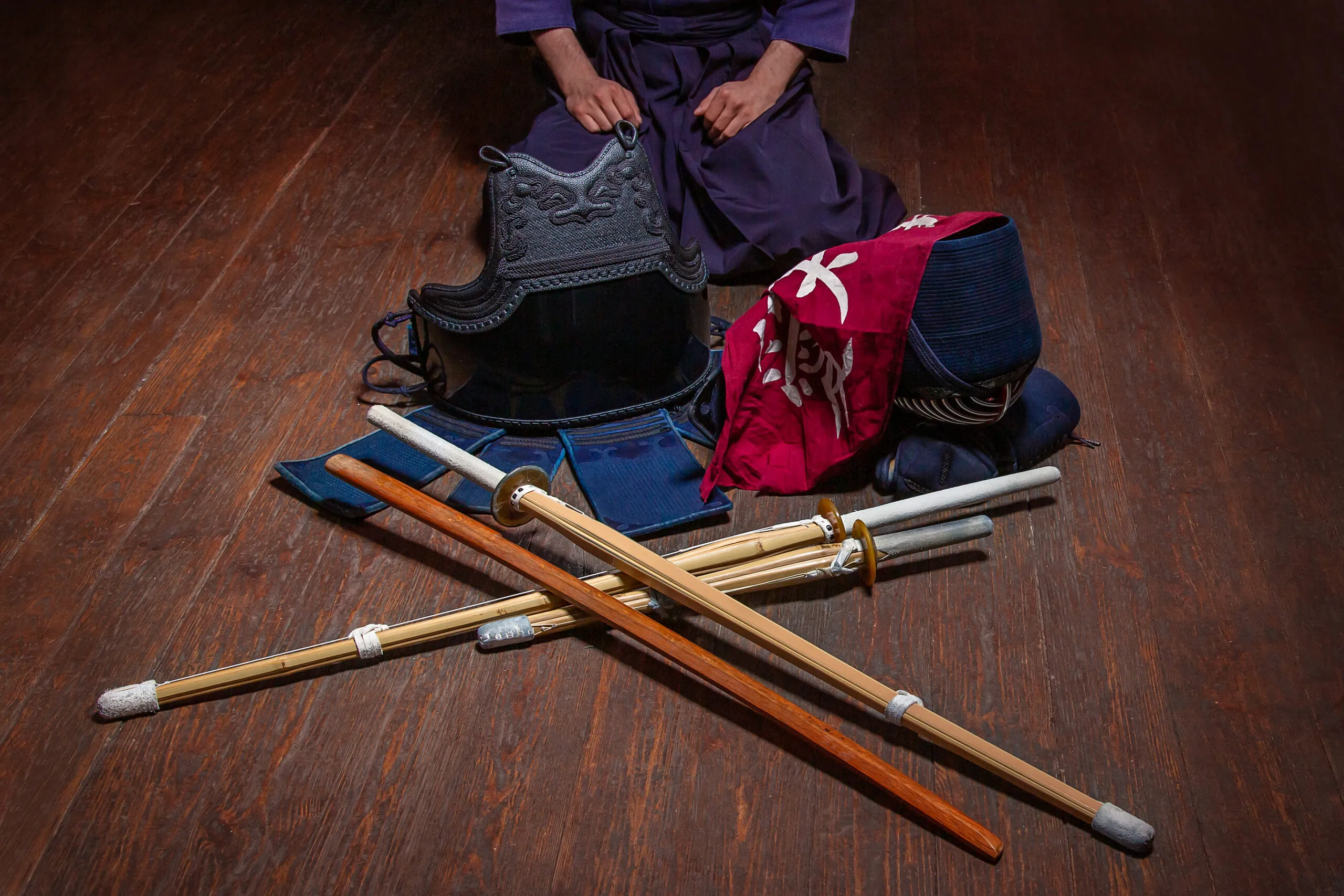
Kendo is one of Japan’s traditional martial arts, where practitioners compete using bamboo swords, testing both skill and spirit. In this experience, you’ll change into a kendo uniform, learn basic stances and movements, and practice striking your opponent. The moment you swing the bamboo sword with a loud shout, you’ll feel a deep, physical connection to the culture of Japanese martial arts.
Kyudo (Japanese Archery)
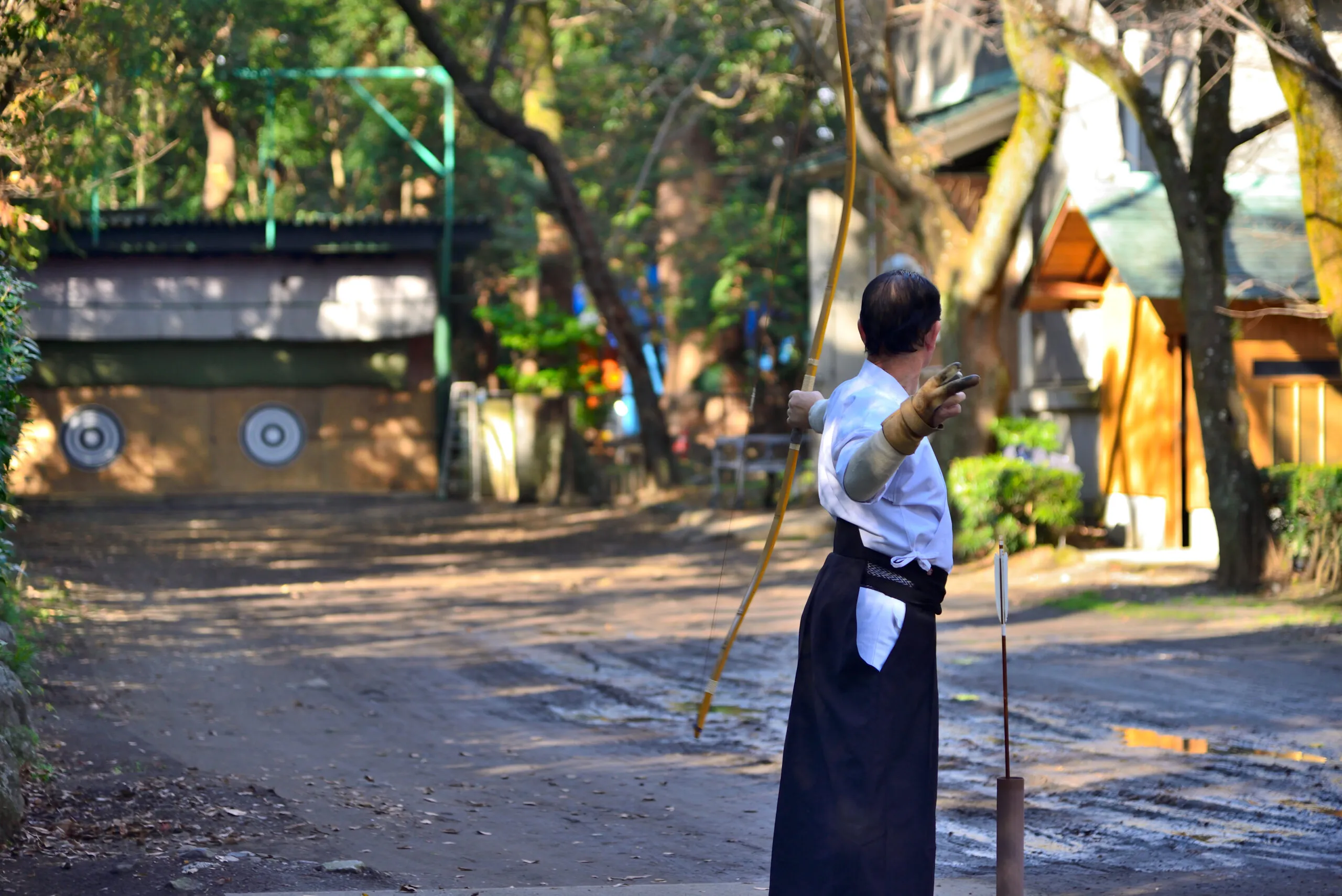
Kyudo, or Japanese archery, is not just about hitting the target—it’s a martial art that finds beauty and meaning in every motion of drawing the bow. Each movement is quiet yet powerful, performed with sharpened focus, giving it the dignity and grace of a ritual.
In this experience, you’ll align your posture and breath as you quietly aim and release the arrow. The act of uniting body and mind in silence offers a deep, rare experience that is hard to find in everyday life.
Sumo
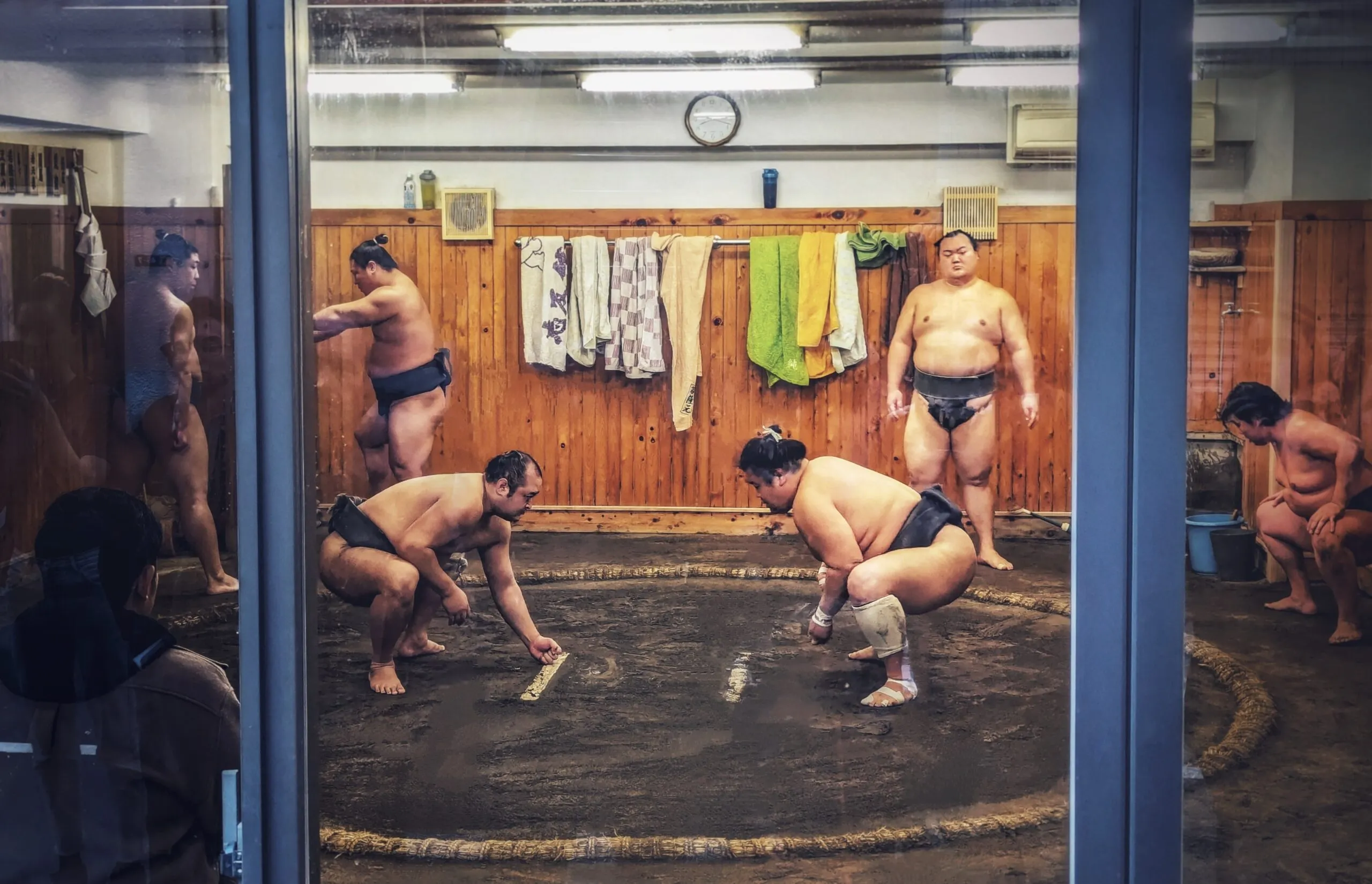
Sumo is known as Japan’s national sport. In the experience program, you’ll wear a mawashi belt and step into the ring to learn basic sumo movements such as shiko (leg stomps) and tachi-ai (initial charge). The full-body collision is intense, but you’ll also come to understand the sport’s depth—where timing and balance can decide the outcome.
Depending on the location or facility, you may also have the chance to observe training sessions or mock matches up close, making it possible to fully appreciate the appeal of sumo even just by watching.
Conclusion
These experiences offer cultural depth and emotional insight that you simply can’t gain from sightseeing alone. Most of them can be completed in just two to three hours, making them easy to enjoy in between other travel plans. Be sure to consider incorporating some of these activities into your next trip. By directly engaging with Japan’s traditions and spirit, your journey will become more fulfilling—and leave you with lifelong memories to treasure.

